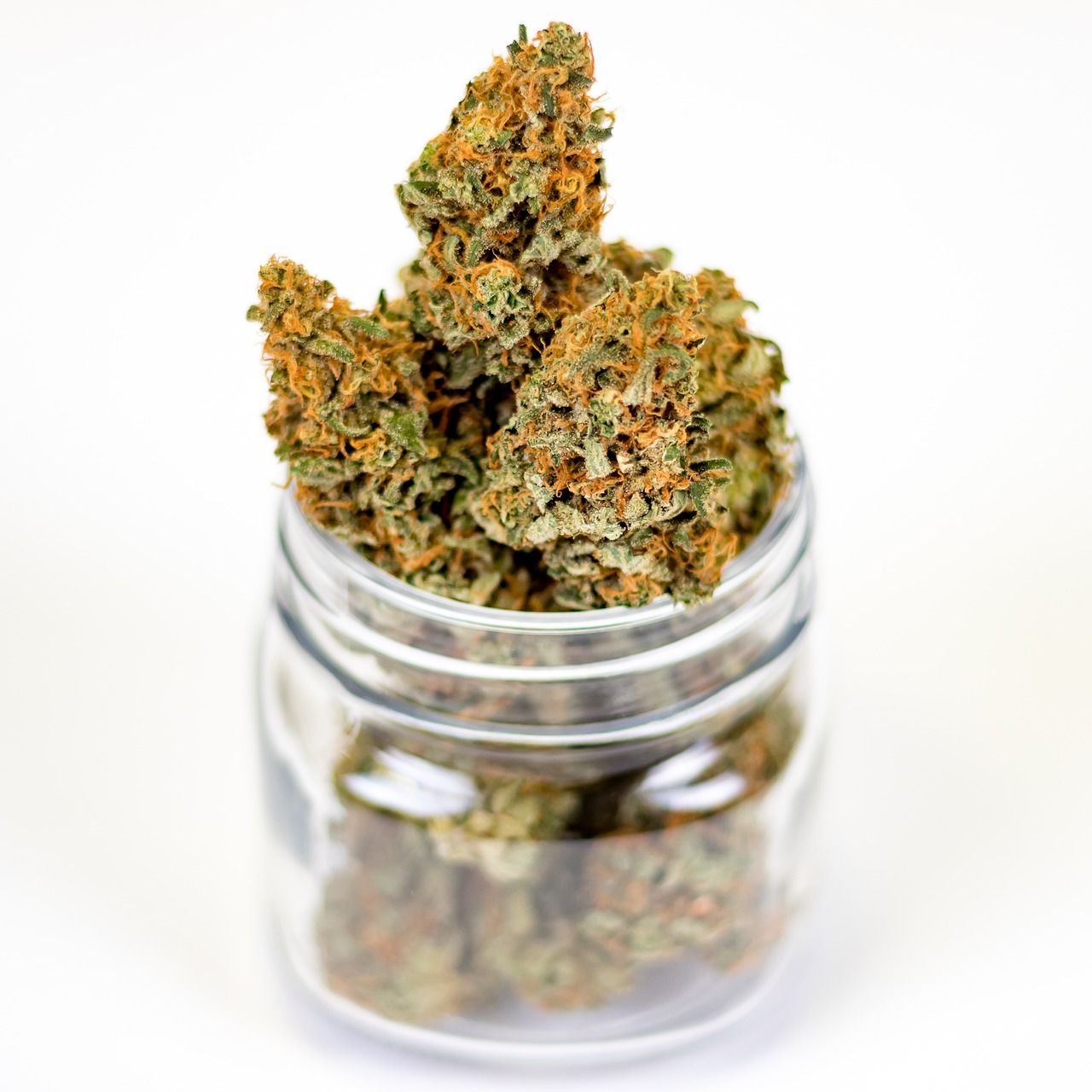Few industries in the United States are evolving as rapidly as cannabis. What was once a strictly underground market has become a multi-billion-dollar sector, reshaping conversations in politics, business, health, and culture. As of 2025, cannabis remains federally illegal, yet over half of U.S. states have legalized it for adult use or medical purposes. The question consumers and businesses alike are asking is: what does the future of cannabis legalization look like in the U.S.?
Federal Shifts on the Horizon
One of the most pressing issues in cannabis reform is federal rescheduling. The U.S. Department of Health and Human Services (HHS) recently recommended moving cannabis from Schedule I, the strictest classification, to Schedule III under the Controlled Substances Act. If the Drug Enforcement Administration (DEA) finalizes this, it would not legalize cannabis nationwide but would significantly change how the industry operates.
A move to Schedule III would ease research restrictions, open opportunities for FDA-approved medicines, and provide tax relief by lifting the burdens of IRS Section 280E. This alone could transform profitability for dispensaries and brands struggling under heavy tax obligations. While federal legalization remains uncertain, rescheduling marks a critical step forward in legitimizing cannabis at a national level.
State Momentum and Consumer Access
At the state level, legalization momentum shows no sign of slowing. States like Minnesota and Ohio recently approved adult-use markets, while others—including Pennsylvania, Florida, and North Carolina—are facing growing pressure from voters and lawmakers to act. The trend is clear: Americans increasingly view cannabis as a mainstream product, not a taboo substance.
For consumers, this shift means wider access to regulated products, greater consistency in quality, and expanded product diversity. The days when options were limited to flower and edibles are long gone; consumers can now choose from beverages, concentrates, topicals, and even wellness-oriented microdose products. Future legalization efforts will likely prioritize social equity, aiming to ensure that communities most harmed by prohibition benefit from the industry’s growth.
Banking and Financial Reform
Another major development on the horizon is cannabis banking reform. The SAFER Banking Act, which has been repeatedly introduced in Congress, could finally break barriers that prevent cannabis businesses from accessing traditional financial services. Without reform, many dispensaries remain cash-heavy, increasing security risks and limiting growth opportunities.
For consumers, banking reform would normalize the purchasing experience. It would also encourage more mainstream companies—banks, insurers, and even consumer goods firms—to step into the space, further reducing stigma and broadening availability.
Consumer Demand Meets Innovation
The next decade will also be defined by how consumer preferences intersect with technological innovation. Advances in nano-emulsion technology are already making cannabis beverages faster-acting and more predictable. Similarly, vape devices with precise temperature control, QR-code lab reports, and sustainability features are shaping a modern market that prioritizes transparency and consumer trust.
Legalization will accelerate these innovations, especially as interstate commerce eventually opens. Currently, cannabis must be produced and sold within state borders. Federal reform could unlock a national marketplace, enabling consumers to purchase products with consistency across state lines.
Challenges Ahead
Despite progress, challenges remain. Regulatory patchworks between states create confusion for consumers and businesses. Advertising restrictions continue to limit education and outreach. Concerns about youth access, impaired driving, and workplace safety ensure legalization will be met with ongoing debate.
For consumers, this means the future of cannabis legalization is not simply about availability but about balance—ensuring access while maintaining responsible oversight.
Looking Forward
The trajectory is clear: cannabis legalization in the U.S. is expanding, both socially and legally. While a federally unified framework may not arrive overnight, incremental changes—rescheduling, state-by-state reform, banking access, and consumer innovation—are laying the foundation.
For consumers, this future promises not just easier access, but also safer products, stronger protections, and greater choice. Cannabis is moving from the margins to the mainstream, and legalization will continue to reflect the values of an increasingly informed and empowered public.

